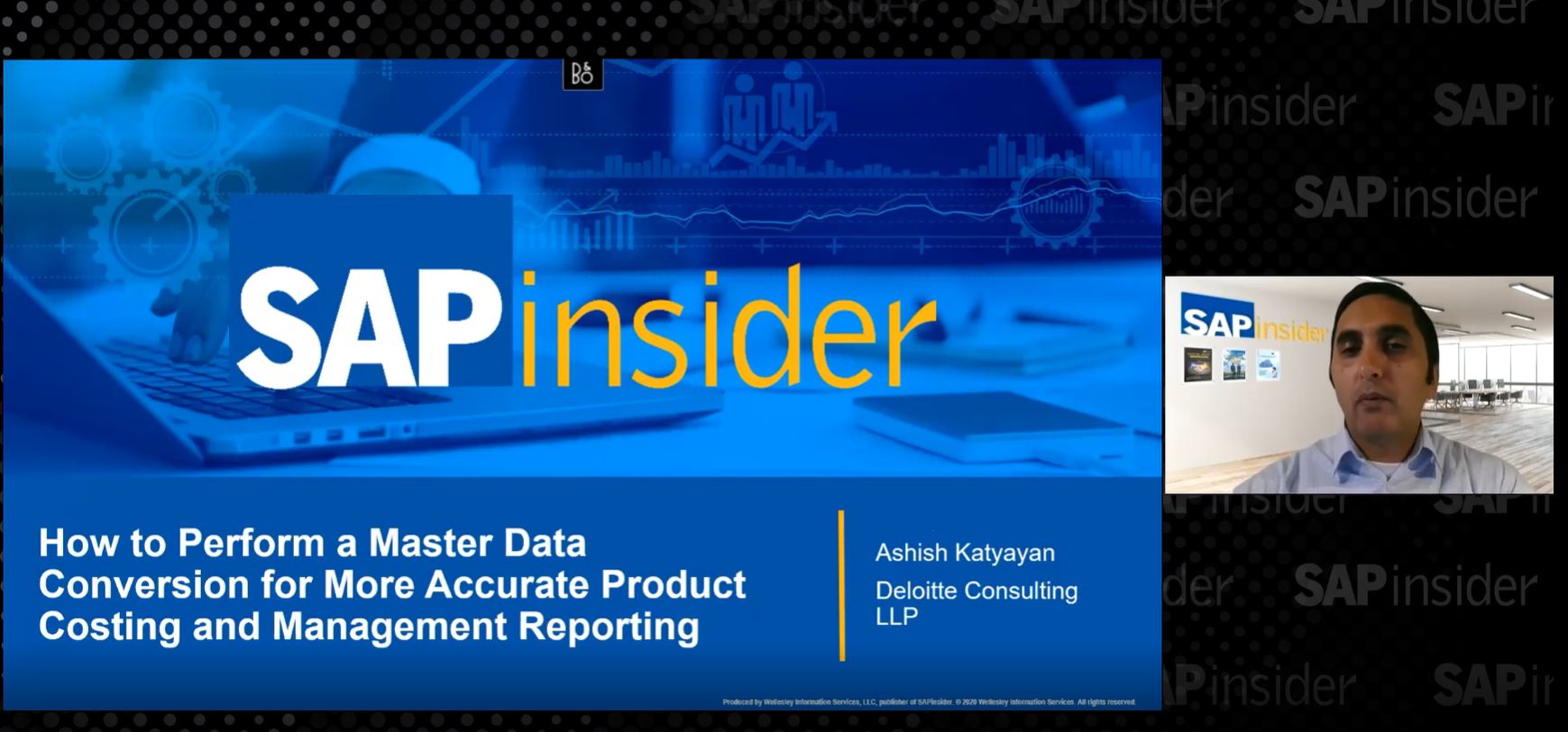Choosing the Right Style for Master Data Management (MDM) Implementation
Master Data Management (MDM) is an essential component of business operations, enabling organizations to maintain accurate, consistent, and reliable data. A well-implemented MDM system ensures that your organization has a single version of the truth, improving data quality and streamlining business processes. Choosing the right MDM implementation style is crucial for meeting your organization’s unique needs and goals. This article will discuss the various MDM implementation styles and guide you in selecting the best style for your organization.
Understanding the Importance of MDM Implementation Styles
MDM implementation styles play a vital role in the success of your MDM project. The right style ensures that your master data is managed effectively, providing a solid foundation for data governance, stewardship, and compliance. Selecting an appropriate implementation style also helps to support your organization’s operational and decision-making environments, enabling you to push clean data back into existing systems, build service-oriented architecture (SOA) fabric, and meet other unique MDM requirements.
>>> Read more: What’s the Difference Between Master Data Management and Governance?
When considering MDM implementation styles, it’s important to understand your organization’s specific needs and objectives. This will help you choose a style that best aligns with your business goals and data management requirements.
The Four Most Common MDM Implementation Styles
There are four primary MDM implementation styles that organizations can choose from, each with its own advantages and limitations. These styles are:
- Registry Style
- Consolidation Style
- Coexistence Style
- Centralized Style
1. Registry Style
The Registry style is an index-based approach, primarily used to identify duplicates and establish a single version of the truth. This style matches and cleanses data from various source systems, assigns unique global identifiers to matched records, and maintains cross-referenced information. However, the Registry style does not send data back to source systems, so changes to master data continue to be made through existing source systems.
Benefits of Registry Style
- Efficiently identifies and eliminates duplicate data
- Provides a read-only view of data without modifying master data
- Offers low-cost, rapid data integration with minimal intrusion into application systems
2. Consolidation Style
The Consolidation style involves consolidating master data from multiple sources into a central hub to create a single version of the truth, known as the golden record. This style stores the golden record in the central hub for reporting and reference purposes. Updates to the master data are applied to the original source systems, ensuring data consistency across the organization.
Benefits of Consolidation Style
- Streamlines data from multiple systems into a single, managed MDM hub
- Facilitates enterprise-wide reporting with a trusted source of data
- Inexpensive and quick to set up, making it ideal for analysis and reporting purposes
3. Coexistence Style
The Coexistence style is a hybrid approach that combines the benefits of both the Consolidation and Registry styles. In this style, master data is stored in a central MDM system and updated in source systems. Changes to master data can be made in the MDM system or in the application systems, providing a single version of the truth while allowing data to coexist harmoniously across the organization.
Benefits of Coexistence Style
- Improves data quality and access speed
- Simplifies reporting with all master data attributes in one place
- Allows for a natural evolution from Consolidation style to Coexistence style
4. Centralized Style
The Centralized style, also known as the Transaction style, stores and maintains master data attributes using linking, cleansing, matching, and enriching algorithms. Enhanced data is published back to the respective source systems, providing a centralized set of master data for one or more domains. This style enables MDM systems to act as the system of record, allowing for the creation of workflows and validation capabilities to update ERP and other business systems.
Benefits of Centralized Style
- Ensures accurate and complete master data at all times
- Provides a centralized set of master data for one or more domains
- Leverages powerful data governance capabilities of the MDM system
Assessing Your Organization’s Needs and Goals
Before selecting an MDM implementation style, it’s crucial to assess your organization’s needs and goals. Consider the following questions:
- What is the current state of your data quality?
- What are your requirements for data quality improvement?
- Who in your organization needs access to master data, and how should they access it?
- What are your organization’s compliance and regulatory obligations?
Answering these questions will help you determine which MDM implementation style best suits your organization’s needs and objectives.
Balancing Flexibility and Control
It’s important to strike a balance between flexibility and control when selecting an MDM implementation style. While some organizations may require a more centralized approach for better data governance and compliance, others may need a more flexible style that allows for data coexistence across various source systems.
In some cases, a mix of styles may be necessary to address unique data management requirements for different data domains. This hybrid approach can provide the best of both worlds, offering a tailored solution that meets your organization’s specific needs.
Conclusion
In conclusion, selecting the ideal Master Data Management (MDM) implementation style is crucial for effectively managing, maintaining, and utilizing your organization’s master data. By thoroughly comprehending the benefits and limitations associated with each style, evaluating your organization’s objectives and requirements, and striking a balance between flexibility and control, you can make an informed decision regarding the most suitable MDM implementation style.
Additionally, by leveraging solutions such as SimpleMDG, an SAP BTP Master Data Governance solution, you can enhance the effectiveness of your chosen MDM style. Implementing the right MDM style empowers your organization to achieve enhanced data quality, streamlined business processes, and improved decision-making capabilities, ultimately fostering success and facilitating growth.





